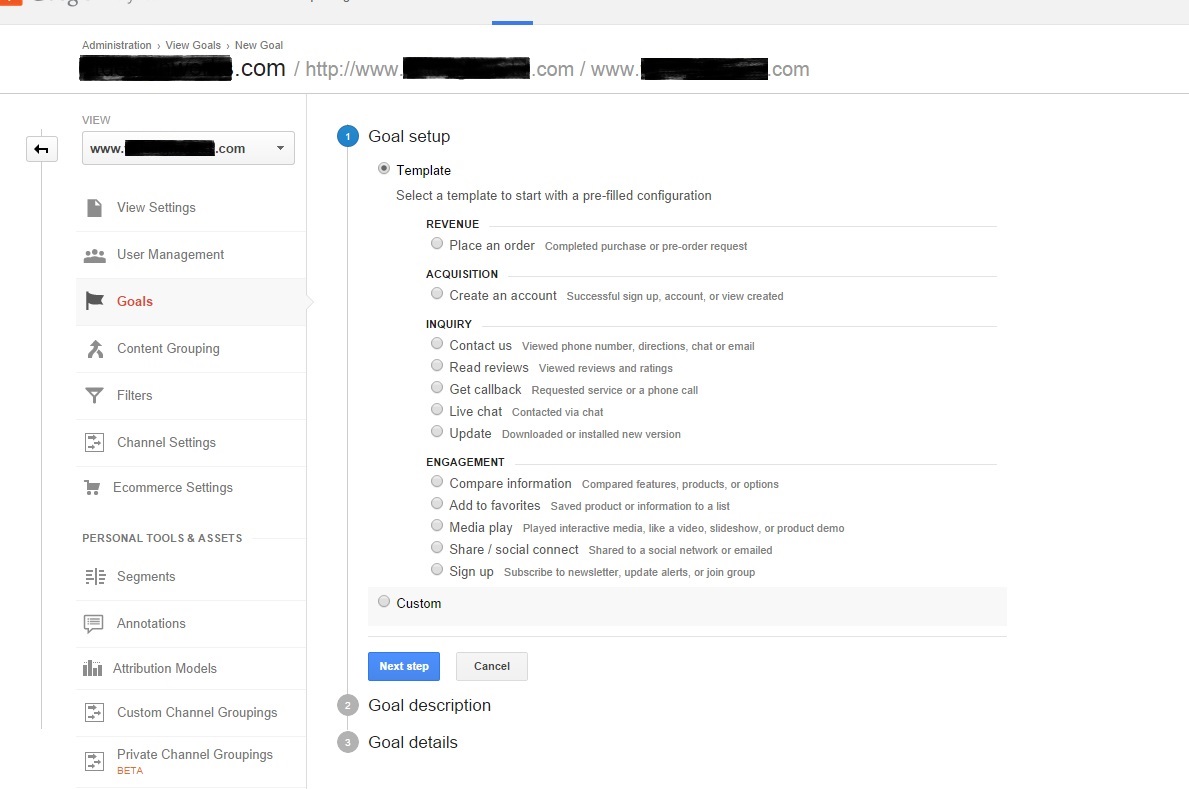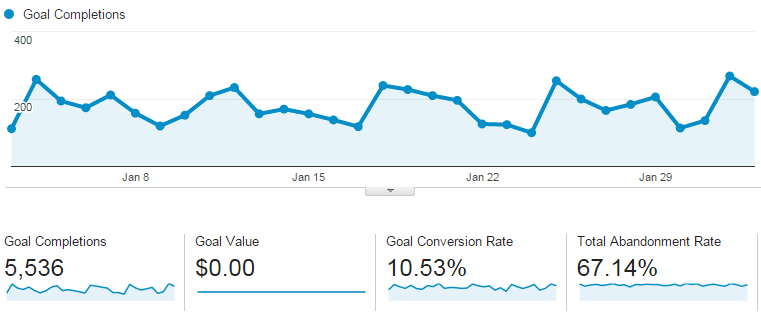Key Insights on What Data Is Google Analytics Goals Unable to Track
Key Insights on What Data Is Google Analytics Goals Unable to Track
Blog Article
Discover the Limitations of Google Analytics Goals: Introducing the Information Kind That Remain Untrackable
As companies significantly depend on data-driven decision-making, understanding the limitations of devices like Google Analytics becomes critical. While Google Analytics Goals deal beneficial insights into individual communications, there exist data types that thwart tracking, presenting challenges to a thorough understanding of customer actions.
Incomplete User Journey Tracking
Incomplete individual journey monitoring within Google Analytics can impede the capacity to properly analyze individual behavior. When the user journey is not fully tracked, there are voids in the data that avoid a thorough understanding of exactly how customers connect with a website. This absence of understanding can bring about missed out on possibilities for optimization and improvements to the user experience.
One common concern with incomplete individual journey tracking is the lack of ability to see the full path that customers take previously completing a goal or leaving the site. Without this info, it is testing to identify where customers might be experiencing obstacles or friction points that stop them from transforming. Furthermore, incomplete monitoring can obscure the effect of certain advertising and marketing initiatives or internet site modifications on user behavior.
To resolve this restriction, it is essential to establish appropriate tracking devices within Google Analytics to record the entire user trip. This may entail establishing event monitoring, objective funnels, or utilizing devices like Google Tag Manager to make sure that no essential interactions go unrecorded. By obtaining a detailed view of the user journey, site owners can make even more enlightened decisions to boost individual interaction and drive conversions.
Attribution Obstacles
Navigating via acknowledgment difficulties in Google Analytics calls for a complete understanding of how various touchpoints contribute to the total conversion process. Attribution challenges occur from the intricacy of modern consumer journeys, where customers engage with several networks before transforming.
One usual acknowledgment challenge is the problem in connecting conversions to the proper resource, specifically in cases where customers communicate with multiple networks before transforming. Furthermore, cross-device tracking postures one more acknowledgment difficulty, as individuals commonly switch over in between devices throughout their journey, making it testing to track their communications perfectly.
Offline Conversions
Offered the difficulties connected with connecting conversions accurately in online channels, the measurement of offline conversions presents a substantial chance for online marketers seeking an extra detailed understanding of their customers' trip. Offline conversions refer to activities that consumers take in the real world, such as making purchases in brick-and-mortar stores or over the phone, going to events, or involving with published materials - what data is google analytics goals unable to track. These conversions are important for businesses that run both online right here and offline, as they provide valuable understandings right into the effectiveness of marketing projects throughout numerous touchpoints
Tracking offline conversions traditionally presented a significant challenge for marketing professionals, as it was testing to link these actions back to certain online communications accurately. Nonetheless, with developments in modern technology, such as the integration of CRM systems, one-of-a-kind identifiers, and discount coupon codes, businesses can now link the gap between online and offline data to obtain a much more holistic view of client habits. By efficiently gauging offline conversions, online marketers can maximize their approaches, allocate sources more successfully, and eventually enhance the general client experience.
Cross-Device Monitoring
Cross-device tracking plays an essential role in comprehending the interconnected nature of consumers' digital interactions across numerous gadgets. In today's omnichannel world, where customers perfectly switch between desktop computers, tablets, and mobile phones, tracking their actions across these tools is crucial for online marketers to get a comprehensive view of their consumer journey.

Furthermore, personal privacy concerns and regulations such as GDPR and visit the website CCPA have further difficult cross-device monitoring. With customers requiring more control over their information and enhanced limitations on monitoring modern technologies, marketing experts need to locate privacy-compliant and cutting-edge ways to link user interactions across tools.
Dynamic Web Content Engagement
Recognizing individual involvement with vibrant web content is essential in optimizing digital marketing methods for enhanced target market communication. Dynamic web content describes site components that alter based on individual behavior, preferences, or various other aspects, offering a customized experience. Tracking customer interactions with vibrant material postures difficulties for traditional analytics devices like Google Analytics.
While Google Analytics can track standard communications like clicks and page sights, it might struggle to capture even more nuanced interactions within vibrant web content. what data is google analytics goals unable to track. Metrics such as time invested on details dynamic elements, hover actions, or communications within pop-ups are often not easily measurable utilizing typical monitoring techniques. This constraint prevents online marketers' ability to completely grasp just how users are engaging with vibrant content and customize their strategies appropriately

Final Thought
Finally, Google Analytics objectives have constraints in tracking insufficient customer trips, associating conversions accurately, recording offline conversions, tracking cross-device interactions, and determining vibrant web content interaction. These restrictions highlight the significance of checking out extra tracking methods and tools to gain an extra detailed understanding of user behavior and conversions beyond what Google Analytics can supply.
While Google Analytics Goals deal useful understandings right into customer communications, there exist data types that avoid monitoring, positioning challenges to an extensive understanding of individual habits.Incomplete individual journey tracking within Google Analytics can prevent the ability to precisely analyze user actions. When the customer journey is not fully tracked, there are gaps in the information that avoid a detailed understanding of exactly how users interact with a web site.One common issue with incomplete individual trip monitoring is the failure to see the complete path that customers take before completing a goal or leaving the website. By acquiring a thorough sight of the visit homepage individual trip, website owners can make more educated choices to enhance individual engagement and drive conversions.
Report this page